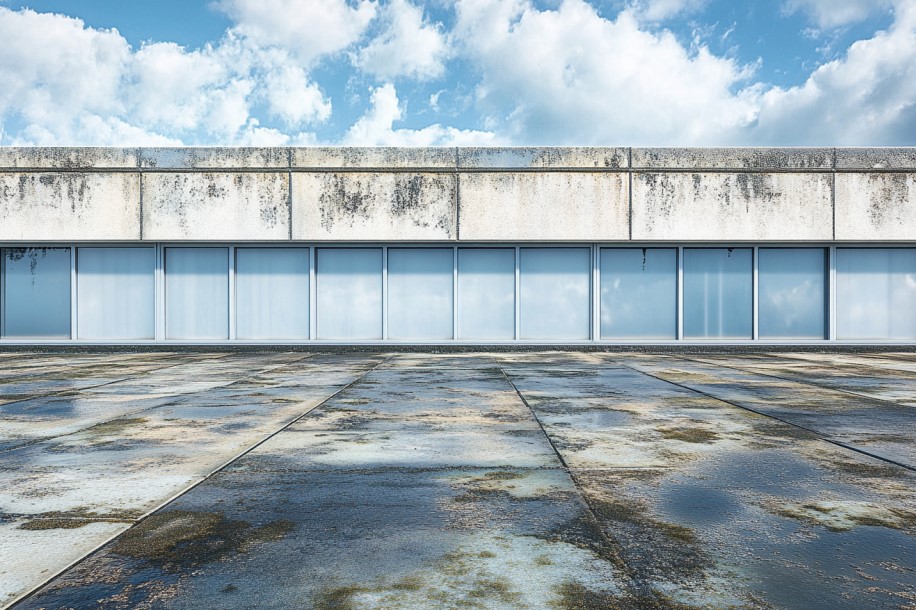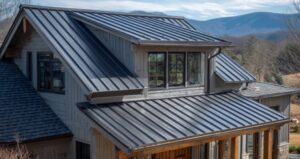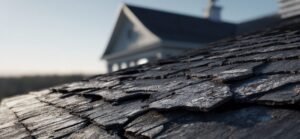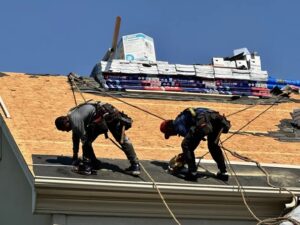When it comes to protecting your commercial property, your roof is the first line of defense against North Texas’ unpredictable weather. At Best Choice Roofing North DFW, we understand how the climate in this region puts commercial roofs to the test, especially during tornado season. High winds, flying debris, and sudden hailstorms can cause significant damage in a matter of minutes, leaving your business vulnerable to costly disruptions. That’s why we specialize in strong, durable commercial roofing systems, including steel metal roofing with both corrugated and standing seam designs, built to withstand extreme conditions.
Our professional roofing team is committed to providing property managers with reliable solutions that not only repair damage but also prevent problems before they start. From inspections and maintenance to full roof replacements, we’re here to keep your commercial property safe, secure, and operational, no matter what the forecast brings.
Why Commercial Roofing Faces Unique Storm Risks
Unlike residential roofing, commercial roofs often have flat or low-slope surfaces that make them more vulnerable to wind uplift, pooling water, and debris buildup. Tornadoes amplify these risks significantly. Even when a tornado doesn’t directly hit a property, the intense wind speeds it creates can cause serious commercial roof weather damage.
Flying debris is one of the biggest threats during a tornado, as sharp objects or heavy materials can puncture metal panels, damage flashing, or tear off parts of the roofing system altogether. In addition, powerful wind pressure changes can compromise roof seams, pulling panels loose or detaching sections of roofing. Without quick repair, this type of tornado roof damage often leads to leaks, interior water intrusion, and expensive structural issues.
For property managers, understanding the specific risks tied to commercial roofing weather damage is essential. Taking proactive steps before storm season and knowing what to do immediately after can save time, money, and prevent downtime for tenants.
Wind Damage to Roofs: What Property Managers Must Watch For
Wind damage to roof systems isn’t always obvious. After a tornado or strong windstorm, a roof may look intact from the ground, but hidden issues can escalate if left unaddressed. Some of the most common signs of commercial roofing weather damage include:
- Loose or lifted panels: Wind can loosen fasteners or warp corrugated panels, leaving the system vulnerable to further uplift.
- Damaged seams and flashing: On standing seam metal roofs, extreme wind pressure may separate seams, while flashing around edges and penetrations can pull away.
- Debris impact marks: Hail, branches, or flying objects can dent or puncture metal surfaces, which compromises waterproofing.
- Leaks and water stains: Once panels or seams are weakened, water intrusion is inevitable. Leaks may show up inside the building days or weeks later.
Property managers should schedule professional inspections after every major storm to identify and address these issues quickly. Ignoring even small signs of roof wind damage can lead to expensive repairs or premature replacement.

Corrugated vs. Standing Seam: Choosing the Right Protection
When it comes to commercial metal roofing, property managers often choose between corrugated and standing seam designs. Both offer excellent durability, but they perform differently under tornado-level winds.
- Corrugated Metal Roofing: Known for its affordability and strength, corrugated roofing is designed with ridges and grooves that add rigidity. While it’s a reliable option, it relies heavily on exposed fasteners, which may be more prone to loosening during extreme wind events.
- Standing Seam Metal Roofing: This system features raised seams that lock panels together, often with concealed fasteners. Because of its interlocking design, standing seam roofing offers superior wind resistance and long-term durability, making it a preferred option for tornado-prone areas.
For property managers balancing cost and performance, understanding these differences is critical. Investing in a roofing system designed for severe wind conditions is one of the best ways to protect both the building and the businesses inside it.
Tornado Preparedness and Response for Property Managers
Managing a commercial property in tornado-prone areas requires a proactive approach. Here are key steps property managers should take:
- Pre-Season Inspections: Schedule thorough roof inspections before peak tornado season to ensure seams, fasteners, and flashing are secure.
- Document Roof Conditions: Keep detailed records and photos of your roof’s condition.
- Establish a Response Plan: Know who to call immediately after a storm. Having a trusted commercial roofing contractor on standby ensures fast stabilization and repair.
- Regular Maintenance: Clean gutters, drains, and remove debris regularly. A well-maintained roof is better equipped to handle sudden storms.
- Schedule Post-Storm Inspections: Even if a tornado doesn’t directly hit your property, high winds may still cause commercial roof weather damage that needs professional assessment.
By staying prepared, property managers can minimize downtime and protect tenant operations even during severe weather events.
Protect Your Commercial Roof with Best Choice Roofing
Tornadoes are unpredictable, but the safety of your property doesn’t have to be. At Best Choice Roofing North DFW, we specialize in protecting commercial buildings with durable steel metal roofing systems, including corrugated and standing seam options designed to handle the toughest conditions. Our experienced team provides detailed inspections, fast repairs, and expert installations so you can focus on managing your property while we safeguard your investment.
Don’t wait until the next storm hits; schedule your free commercial roof inspection today. Let Best Choice Roofing help you stay prepared and keep your property secure against tornado roof damage.
